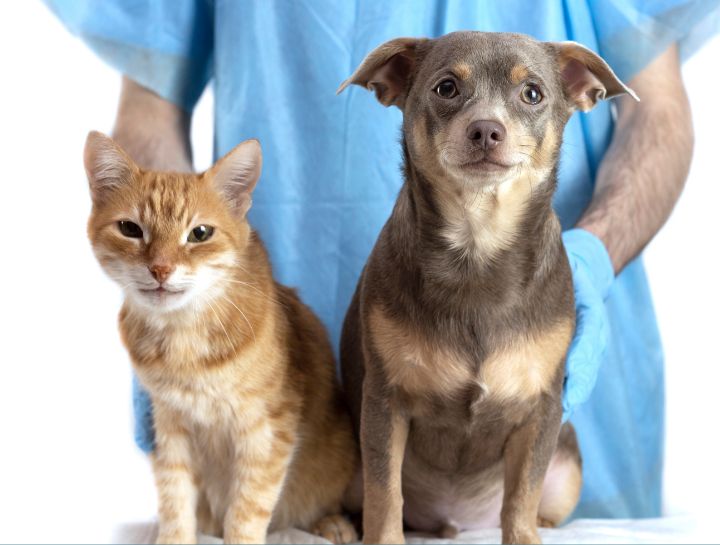Anesthesia
We understand that our clients can feel unsure about anesthesia for their pet, whether their uncertainty is related to their own experience or stories they have heard from a friend. The thought of anesthesia can be even more worrisome for our clients with senior pets, causing them to wonder if the risks are greater than the benefits. We do know that age, itself, is not a disease, therefore, it should not be the reason to decline a procedure that can drastically improve quality of life or even be life-saving. Senior pets may have hidden illnesses that can increase their risks, but we can modify our anesthetic approach to maximize their safety.
We strongly believe surgery plays an integral role in keeping our pets healthy and improving their quality of life so let’s explore some safety measures in place at our hospital to, hopefully, alleviate some of the stress for any pet owner who is facing surgery for their furry family member:
- One of our doctors will complete a physical exam on your pet on the morning of surgery to confirm their vitals are within normal range.
- Medications used for your pet’s anesthetic protocol are tailored to them, taking into consideration factors such as breed, age, surgical procedure, and health status. This is extremely important with senior pets because drugs are metabolized slower, and we can see more sensitivity to drugs, therefore, we use alternative medications or lower doses.
- Preoperative blood work can help to detect any hidden diseases and provide additional information when selecting our drug protocol.
- A cardiac ultrasound can be done at the clinic to assess risk before anesthesia for patients with heart murmurs.
- Your pet will have a technician and a doctor devoted to your pet during their procedure and recovery.
- Your pet will have an intravenous catheter placed and intravenous fluids administered during their procedure and recovery to maintain blood pressure and to ensure quick access to drug administration.
- We use various anesthetic monitoring equipment to measure heart rate and electrical rhythm, respiration, blood pressure, oxygen saturation, and temperature. This information allows us to intervene before a serious problem arises.
- We can quickly reverse drugs or alter anesthetic depth if there is concern about your pet’s stability under general anesthesia.
- We are careful to avoid hypothermia during and after surgical procedures. Hypothermia decreases cardiac output, respiration rate, and metabolism of drugs, resulting in prolonged recovery.
- We are proactive with pain control and, because your pet can’t talk to us, we use a pain score chart to evaluate their comfort throughout their hospital stay.
We cannot say anesthesia is risk-free but with all the advancements in veterinary medicine, we do know risks are not necessarily as high as you may expect. It may be comforting to know the statistics on anesthesia. Studies have shown the risk of death is less than 1% for dogs and cats. For example, between 2002 and 2004 a study looked at anesthetic and sedation outcomes at various veterinary hospitals and confirmed that small-animal anesthesia has become increasingly safe
The Risk of Death: the Confidential Enquiry into the Perioperative Small Animal Fatalities

